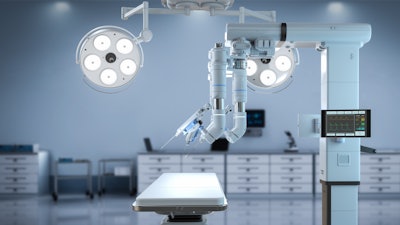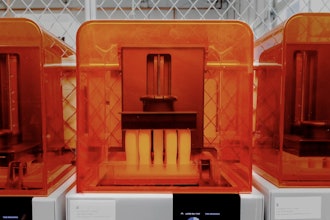
While medical imaging leads the way with AI in healthcare through improved diagnostic accuracy, the rest of the industry lags behind the broader market. It is clear that AI is more than a fad, and as opportunities abound, pressure mounts to continue innovating amid relentless competition.
Affordable cloud computing solutions, years of accumulated data, and near-universal connectivity are key enablers for AI to revolutionize healthcare. Connected medical devices yield endless streams of data, enabling continuous improvement cycles without the need for costly studies. The situation creates a true win-win, pairing lower long-term costs with improved quality of care.
The possibilities are exciting, including personalized medicine and the reduction of false positives in diagnostics. However, it is crucial to comprehend the challenges and system design considerations to ensure that an AI initiative yields both improved patient outcomes and business results.
Healthcare Is Harder
While commercial software developers and consumer IoT try to ride the hype train to early success, medical device manufacturers must clear key hurdles to reach the market.
- Privacy Regulations: AI relies on data, but usage rights can be complex due to HIPAA, CCPA, CPRA, and GDPR. Managing patient opt-outs and potential model revalidation is critical to avoid legal and ethical issues.
- Data Quality and Bias: Ensuring that the data used to train AI systems is of high enough quality and free from unintended bias is an evolving challenge. Unrepresentative data can lead to systems that produce suboptimal outcomes across populations.
- Explainability and Transparency: Understanding how an algorithm reached a result is crucial. AI algorithms must be explainable, enabling developers to follow the logic behind a conclusion.
- Debugging: AI combines coded algorithms with large datasets, making the diagnosis of unexpected results more complicated. Transparent mechanisms for tracing AI decision-making are essential to ensuring solutions function correctly.
- Cybersecurity: Neither a new issue nor a solved problem, cybersecurity remains top of mind for both medical device manufacturers and the FDA. Adding AI and its underlying sensitive data only compounds this. New or existing cybersecurity monitoring and response plans must incorporate AI-related concerns.
De-Risking AI
Compliance: Addressing data privacy regulations can't be an afterthought and must be a fundamental design principle in healthcare AI solutions. Products should be engineered from the outset to comply with privacy laws, just as they are designed for cybersecurity and patient safety.
Inevitably, some patients will choose to limit how their data can be used or even request removal altogether. Plan to accommodate privacy demands by developing processes specific to this need, supported by the right design choices made upfront.
The Data Lifecycle: Just as regulated software development requires robust processes, so does the management of data and AI models. Leverage concepts such as version control and traceability to allow linking data to original sources and algorithms.
Key Architectural Characteristics: AI introduces unique demands on the underlying software architecture. Address key characteristics to support AI successfully:
- Modularity: Isolate AI algorithms from core medical device functions to simplify the regulatory approval process, both by creating a clear dividing line on paper and by producing more predictable behavior in the device.
- Observability: AI-driven solutions thrive on continuous refinement, which requires monitoring performance in the field. Examples include detecting performance degradation or unexpected changes in data models.
- Upgradeability: Elevate remote updates from a "want" to a "need". Beyond simply updating software, it is often necessary to support multiple algorithm versions simultaneously. This yields benefits across geographies or other regulatory boundaries, but adds a level of complexity and burden at the same time.
- Manageability: To support observability, upgradeability, and more, implement remote device management to diagnose and resolve problems in the field. While this isn't new, it's another example of a nice-to-have feature becoming a core enabler of the AI strategy.
The coming years promise a certain degree of chaos as innovators across industries push AI forward with a seemingly limitless appetite for investment.
Healthcare has a fine line to walk if next-generation solutions are to capitalize on these advances without running afoul of patient safety, regulatory requirements, cybersecurity, or engineering budgets. It is the right time to craft a bold yet thoughtful plan to position yourself for success and leadership.























